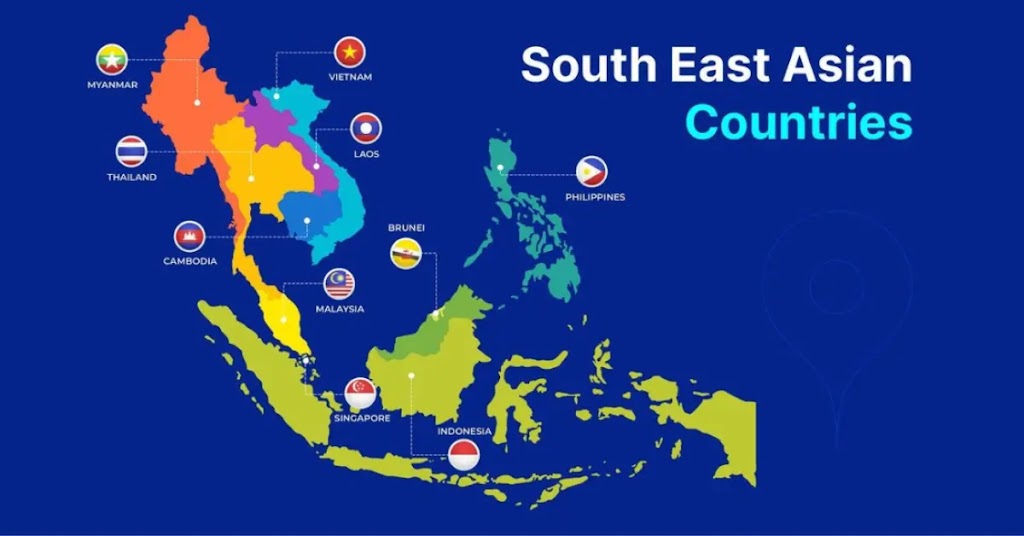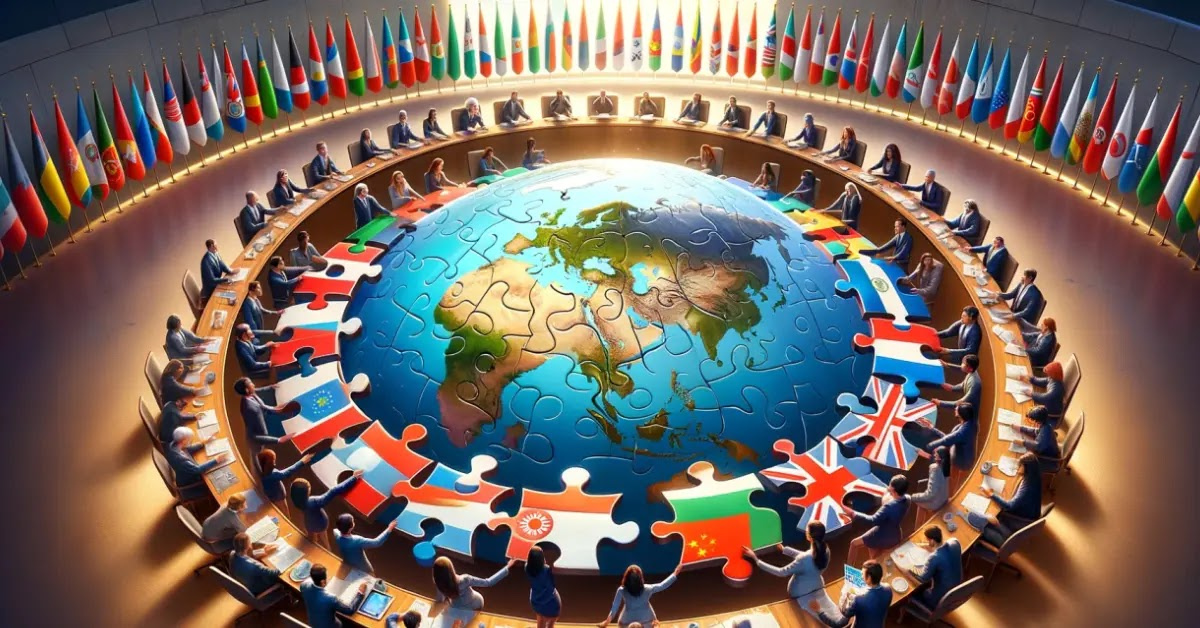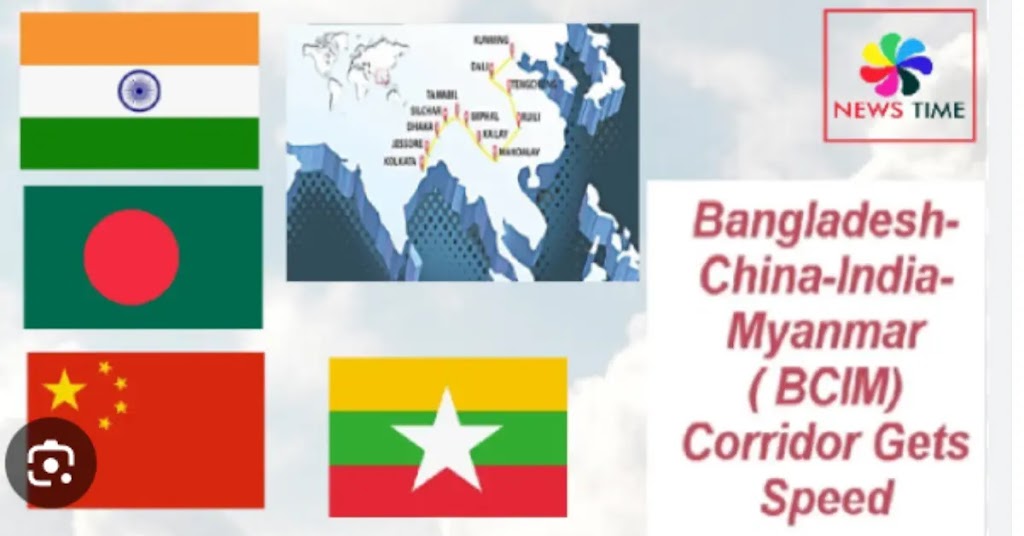BCIM Economic Corridor: In this article, we will discuss about BCIM Economic Corridor in detail. BCIM Economic Corridor is a blessing for the people of the third world like Bangladesh.
Introduction:
For the realization of a stable, secure and prosperous South Asia, it is fundamentally important to create a holistic and equal relationship among the countries of the region. Our history and geography have made us destined to live together. How we do it is in our hands, in our hands alone.
One of the desired steps is Bangladesh-China-India-Myanmar connectivity or BCIM. If BCIM, Malaysia, Thailand, and Cambodia can be added to it later. Pakistan and Afghanistan will also join with India. The issue of this economic corridor is almost final. In the coming days, telecommunication, rail, road, sea, and power connectivity will be established between these countries to form a regional economic forum.
Background of BCIM economic corridor:
40 percent of the world’s population lives in BCIM four countries. Of these, 68 percent are operational. The combined GDP of these four countries is 5.7 trillion, which is 10 percent of the global GDP. All four countries have abundant natural resources, water, and energy resources. In addition, each country has its characteristics. For example, Bangladesh and India are very prosperous in the service sector.
China is ahead in the industry, and Myanmar in agriculture. In 1999, China started the initiative to form BCIM for the first time to create a strong economic circle. In the first phase, from 1999 to 2003, there was a mutual dialogue and exchange of ideas between the representatives of the Sudhisam of the four countries. From 2004 to 2008 there was regional dialogue at the government level. And from 2009 to last year there have been diplomatic talks between the four countries.
The first meeting between the representatives of the four countries was held in Beijing on 18 and 19 December 2014. In that meeting, it was decided that within six months, the four countries would conduct a study on the possibilities and opportunities of building an economic corridor. The next meeting of BCIM will be held in Dhaka in June 2015. BCIM connectivity can take its final form in the Dhaka meeting.
Outline of BCIM Corridor:
BCIM Corridor is connected with Bangladesh, India, China, and Myanmar, four countries that have been working towards this goal for a long time. In May 2013, full initiative was taken to form the Economic Corridor under BCIM. In December last year, the representatives of the four countries met in Kunming, the capital of China’s Yunnan province, and formulated a final outline in this regard.

The route was mainly decided during the talks in Kunming. All four countries have agreed on the route. The route stretches from Kunming in China to Kolkata in India Mandalay in Myanmar and Chittagong in Bangladesh. Malaysia, Thailand, and Cambodia can join later if BCIM. Pakistan and Afghanistan will also join with India.
15 products identified for export in BCIM:
15 products have been identified on a priority basis for export in the BCIM region. In the case of Bangladesh, there are grains, leather, dry food, goat meat, handicrafts, synthetic fabrics, etc. It is primarily identified for export to the Chinese market. Also identified for the Indian market are N Hydroxide Ammonia, Lead Acid, Vegetables, Jute, and Textile Products.
Significance of BCIM Alliance:
The global economy is now Asia-oriented. The Asia-oriented global economy will revolve around China and India, the two decisive economies of the world. There is a difference in economic capabilities between China and India. And the location of Bangladesh is right between these two countries. As a result, the role of Bangladesh will be very important in creating the policy balance and balance of the BCIM Alliance (Bangladesh, China, India, and Myanmar Economic Alliance).
770 crore trade growth in four countries:
BCIM will increase trade between Bangladesh, India, China, and Myanmar by 7.7 billion USD. Moderate liberalization of trade policy has the potential to increase trade by 4.1 billion USD and partial liberalization by 2.7 billion USD.
Increase trade with other countries:
BCIM will create opportunities for trade with other countries outside of BCIM with a maximum of 3.8 billion US dollars and a minimum of 1.8 billion dollars. Also, trade decentralization or diversification will be $1.8 billion and below $100 million.

If the South Asian Free Trade Agreement is added with BCIM and China and Myanmar are included, this trade will reach 12 billion US dollars. However, if the trade policy is moderately liberalized, the trade will increase by 9 billion dollars.
Balanced Domestic Economic Development:
Not only the geographical location, the significance of the BCIM alliance is not so much its alliance power vis-à-vis the rest of the four countries in the region, but more importantly not outside the alliance; Rather, the direction of the internal economic balanced development of each of these four countries. The main reason is that the BCIM region is the landlocked eastern region of both China and India.

The BCIM alliance is the means of opening the gateway of communication from blockaded conditions directly to deep sea ports via roadways. As a result, it will be a way of economic development in these blocked areas as well as everywhere in the original state. And this release will happen over the land of Bangladesh and Burma and through the deep sea port to be built in Bangladesh.
Regional Cooperation:
If this economic cooperation alliance can stand properly, focusing on the internal economic development of each, then the center of gravity of this alliance will come to the role over the rest of Asia. For example, the Congress insisted on obtaining transit permission papers from Bangladesh.
But in this case, infrastructure for heavy vehicles, international traffic rules, protocols, management, etc. will be required. At least 500 km. Construction of heavy roads will require investment. Which India is not able to provide, let alone Bangladesh. As a result, BCIM will have to raise its required funds jointly.
Enhance regional communication:
Regional connectivity will increase through BCIM. The transport system needs to be further improved to boost trade between the four countries. The road route has already been marked. Rail and sea routes should be identified. For this, effective steps should be taken for infrastructure development. This will greatly increase the usefulness of deep-sea ports.
Trade between the four countries is very low. Opening of the economic corridor will increase bilateral trade. The use of rivers and waterfalls for power generation will increase. Regional communication and social conditions will improve. Investment in the health and education sector will increase. At the same time, there will be changes in trade facilitation, IT, and entertainment.
Reduction in import and export costs:
Economic Zones and Special Economic Zones will be developed if connectivity is improved through BCIM. 11 billion dollars worth of goods have to be imported from China and India every year. As a result of BCIM, transportation costs will be greatly reduced.

Facilitation of trade between the four countries will reduce import and export costs. Tourism, electricity, and gas facilities will be available through regional cooperation. In the case of a deep sea port, its infrastructure can be used through BCIM. Non-tariff barriers are higher than tariffs. As a result, non-tariff barriers will be removed if trade is facilitated.
Areas of Achievement in Bangladesh:
If the much-discussed economic corridor with China, India, and Myanmar opens, Bangladesh will benefit in all aspects, including social and economic, from the contact of two developing countries, India and China. Bangladesh will become an economic hub in the future due to its geographical advantage over the other three countries.
Thousand crore duty-free benefits:
If Bangladesh is included in BCIM, it will be able to receive duty-free trade benefits of a maximum of 700 million US dollars (about 55000 million taka in local currency) and a minimum of 400 million dollars. However, it is said that the country which has a large economy will be able to enjoy this tariff benefit more. Accordingly, India will be able to take duty-free trade benefits from USD 170 million to USD 360 million, China USD 600 million to USD 1200 million, and Myanmar USD 300 million to USD 100 million.
Benefits in fuel consumption:
Research has shown that if the Economic Corridor is launched, consumption of electricity and energy at the consumer level will increase in all the four alliance countries. And Bangladesh will benefit the most from the use of energy. As an example, India’s northern and eastern states are building large-scale hydroelectric projects. Bangladesh can bring electricity from there. Apart from this, Bangladesh will benefit through regional energy cooperation.
Multidimensional Communication System:
Economic Corridors will enable multi-dimensional connectivity. The communication system will also be modernized by rail, sea, road, and air. Under the corridor, there are plans to build a road from Kunming to Bangladesh through Myanmar. If Bangladesh can be connected with China through Myanmar, then Bangladesh will emerge as an economic region within South Asia.
Improvement of quality of life:
If the Economic Corridor is opened, the standard of living of all the four countries will increase. Agriculture, irrigation, technology, trade, and industrial parks will help reduce poverty. At the same time, the four countries will be able to use or exchange the same technology to mitigate natural disasters.

On the other hand, with the construction of sewage systems and sewage treatment plants, the consumption of fresh water will also increase. Economic Corridors will strengthen education, technology, culture, health care, sports, academic education, and interaction. At the same time, the tourism sector will also develop.
Revenue income of Bangladesh will not decrease:
India would lose the most revenue if included in BCIM. On the other hand, there will be no revenue loss for Bangladesh. India’s revenue would fall by 54 percent from its current revenue while providing revenue benefits for trade with the other three BCIM countries.
It can be as low as 36 percent. On the other hand, China’s revenue will decrease by 57 percent, and Myanmar’s by 55 percent. However, the trade benefits that Bangladesh will get after joining BCIM will be equal to the revenue reduction. As a result, there will be no revenue loss for Bangladesh.
Bangladesh ranks second in welfare financial benefits:
Among the four countries, Bangladesh ranks second in terms of welfare benefits. India will enjoy more welfare benefits under BCIM. From the financial point of view, the value of this benefit is about 27 million US dollars. Myanmar will get the least benefit. In their case, the monetary value of welfare benefits is 50 million dollars. However, the second place Bangladesh will be able to enjoy welfare financial benefits of 70 million US dollars.

Analysis of BCIM Corridor
28 years after its inception, the South Asian Organization for Regional Cooperation (SAARC) has not been able to play an effective role. Another alliance BIMSTEC is also in a sad state. This time, efforts have been made to launch the Economic Corridor between Bangladesh, China, India, and Myanmar (BCIM) to benefit from the new alliance.
India and China are competing countries among these four countries in this alliance. Both countries are economically developing. In the next twenty to thirty years, India and China will be the two most powerful countries in the world. So naturally the psychological struggle between the two countries will continue.
On the other hand, there are bilateral complications between Bangladesh and Myanmar. Rohingya is still an unresolved issue between the two countries. BCIM can be expected to be a strong alliance like ASEAN and BRICS if these complications are resolved.
However, tariff and non-tariff barriers, weak trade management, and customs complications are among the obstacles in the way of opening this corridor. Apart from this, there are complications with currency exchange and strengthening the financial institutions of the four countries.
Conclusion:
Asia’s economic development will not be sustainable and complete unless it can build effective active partner relationships with its neighboring neighbors. It is possible to make the economies of the region mutually complementary and self-reliant through the creation of trade, investment, transportation, infrastructural capacity, and environmentally friendly practices that will advance the equitable development of all in the region. When economic corridors are opened, one country can use the resources or technology of another country to become economically prosperous. For this purpose, in addition to overcoming all the existing barriers, all countries should ensure the receipt of integrated dividends.

2 thoughts on “BCIM Economic Corridor: Game Changer for South Asian Economy in 2024”